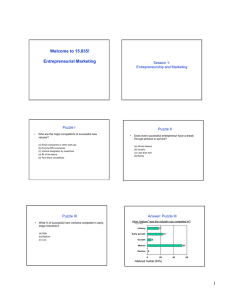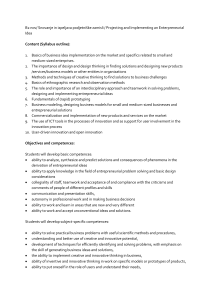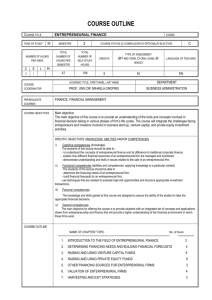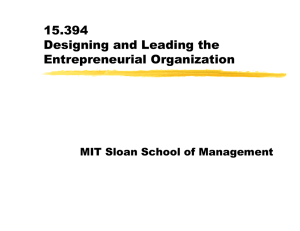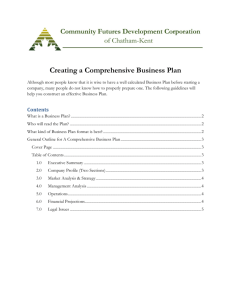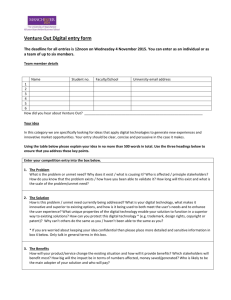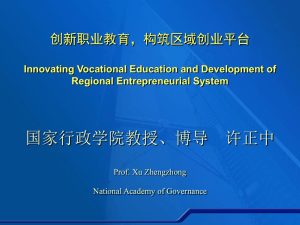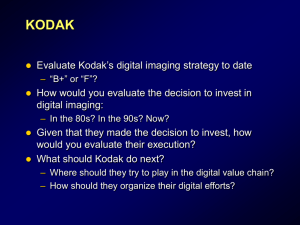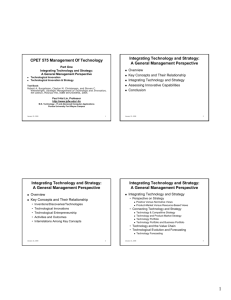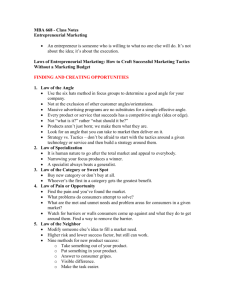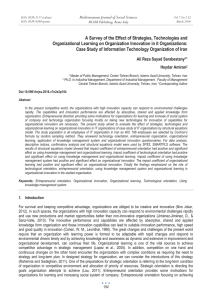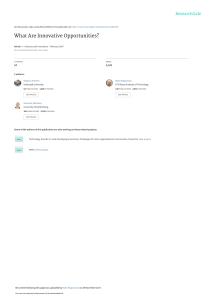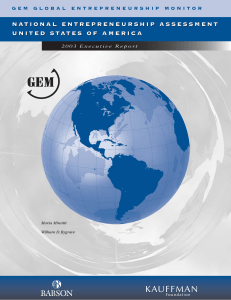Innovation Audit
advertisement
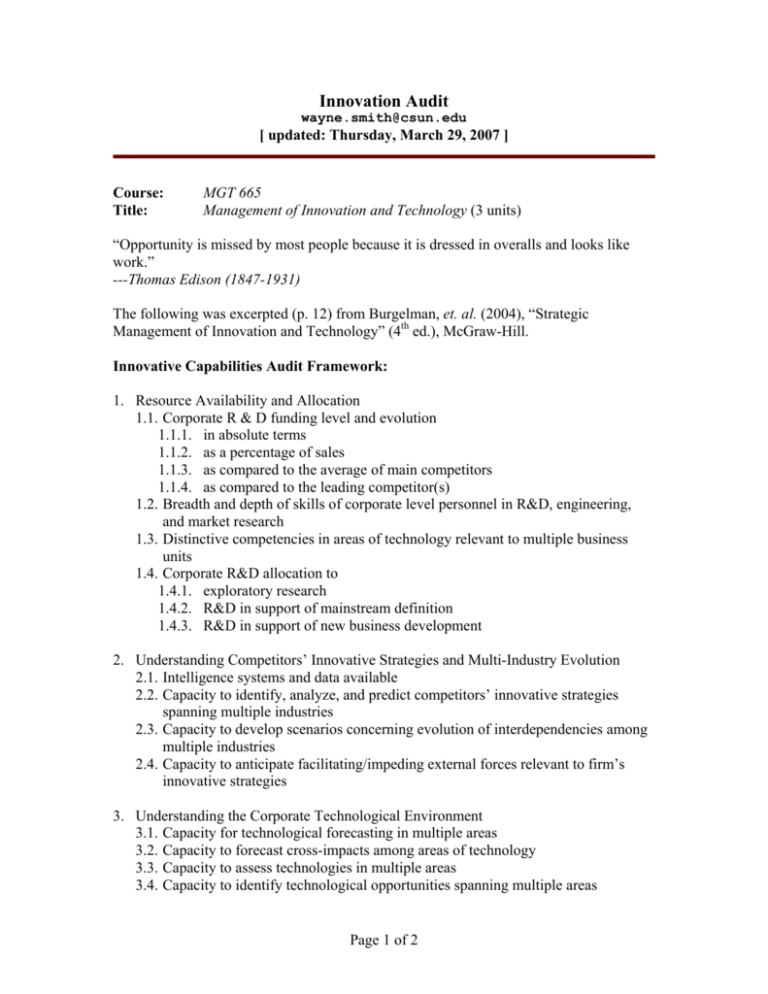
Innovation Audit wayne.smith@csun.edu [ updated: Thursday, March 29, 2007 ] Course: Title: MGT 665 Management of Innovation and Technology (3 units) “Opportunity is missed by most people because it is dressed in overalls and looks like work.” ---Thomas Edison (1847-1931) The following was excerpted (p. 12) from Burgelman, et. al. (2004), “Strategic Management of Innovation and Technology” (4th ed.), McGraw-Hill. Innovative Capabilities Audit Framework: 1. Resource Availability and Allocation 1.1. Corporate R & D funding level and evolution 1.1.1. in absolute terms 1.1.2. as a percentage of sales 1.1.3. as compared to the average of main competitors 1.1.4. as compared to the leading competitor(s) 1.2. Breadth and depth of skills of corporate level personnel in R&D, engineering, and market research 1.3. Distinctive competencies in areas of technology relevant to multiple business units 1.4. Corporate R&D allocation to 1.4.1. exploratory research 1.4.2. R&D in support of mainstream definition 1.4.3. R&D in support of new business development 2. Understanding Competitors’ Innovative Strategies and Multi-Industry Evolution 2.1. Intelligence systems and data available 2.2. Capacity to identify, analyze, and predict competitors’ innovative strategies spanning multiple industries 2.3. Capacity to develop scenarios concerning evolution of interdependencies among multiple industries 2.4. Capacity to anticipate facilitating/impeding external forces relevant to firm’s innovative strategies 3. Understanding the Corporate Technological Environment 3.1. Capacity for technological forecasting in multiple areas 3.2. Capacity to forecast cross-impacts among areas of technology 3.3. Capacity to assess technologies in multiple areas 3.4. Capacity to identify technological opportunities spanning multiple areas Page 1 of 2 4. Corporate Context (Structure and Cultural) 4.1. Mechanisms to share technologies across business unit boundaries 4.2. Mechanisms to define new business opportunities across business unit boundaries 4.3. Internal and external organization designs for managing new ventures 4.4. Mechanisms to fund unplanned initiatives 4.5. Evaluation and reward systems for entrepreneurial behavior 4.6. Movement of personnel between mainstream activities and new ventures 4.7. Dominant values and definition of success 5. Strategic Management Capacity to Deal with Entrepreneurial Behavior 5.1. Top management capacity to define a substantive long-term corporate development strategy 5.2. Top management capacity to assess strategic importance of entrepreneurial initiatives 5.3. Top management capacity to assess relatedness of entrepreneurial initiatives to the firm’s core capabilities 5.4. Middle-level management capacity to work with top management to obtain/maintain support for new initiatives (organizational championing) 5.5. Middle-level management capacity to define corporate strategic framework for new initiatives 5.6. Middle-level management capacity to coach new venture managers 5.7. New venture managers’ capacity to build new organizational capabilities 5.8. New venture managers’ capacity to develop a business strategy for new initiatives 5.9. Availability of product champions to identify and define new business opportunities outside of mainstream activities. Page 2 of 2


